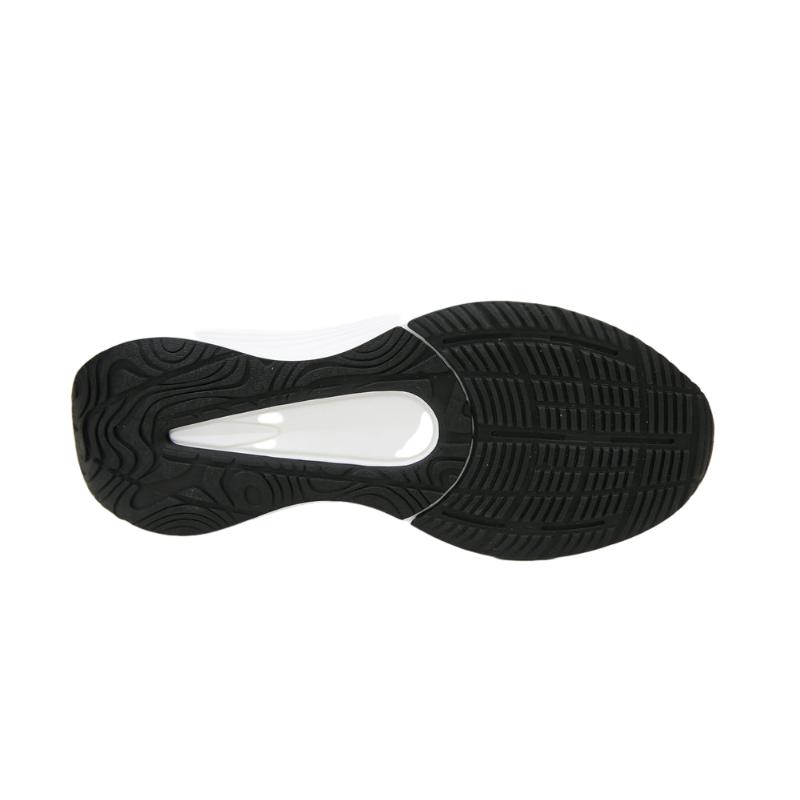In the realm of footwear, there is a category that stands tall in both functionality and versatility - men's slip-on rubber boots. These boots, with their simple yet practical design, have been a staple for generations, transcending fashion trends and weather conditions.





